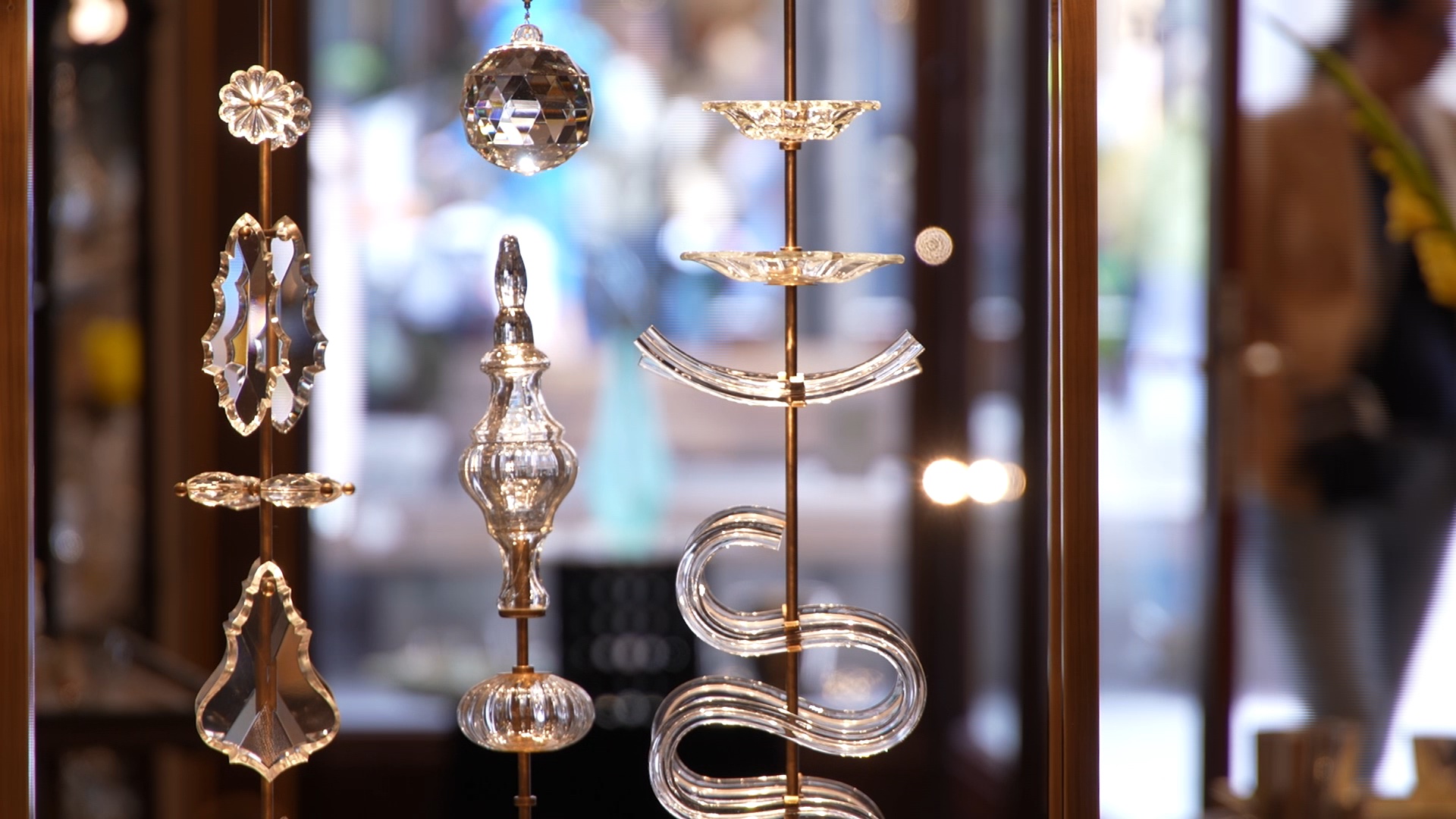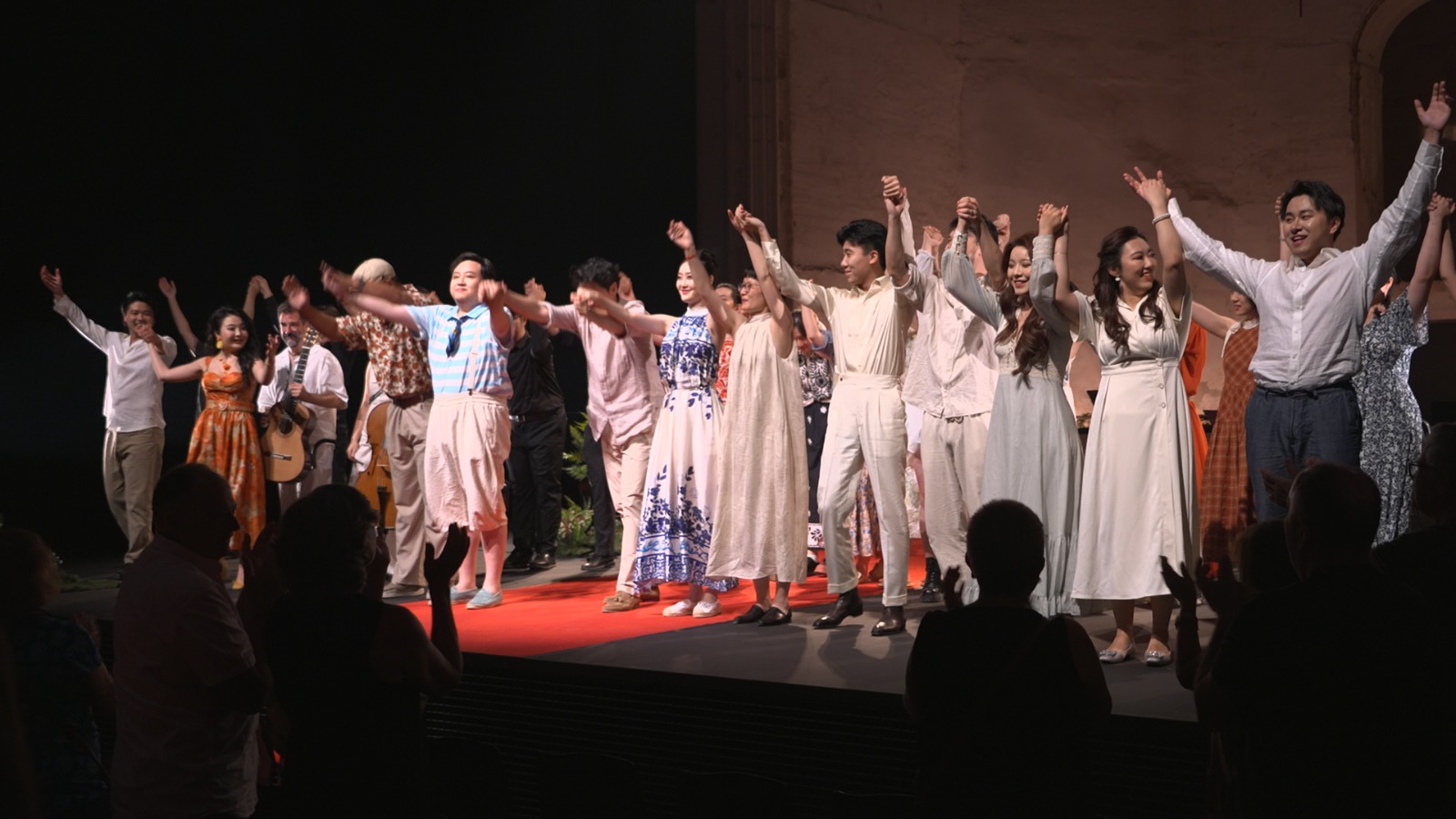By continuing to browse our site you agree to our use of cookies, revised Privacy Policy and Terms of Use. You can change your cookie settings through your browser.
I agree
Search Trends
CHOOSE YOUR LANGUAGE
- Albanian Shqip
- Arabic العربية
- Belarusian Беларуская
- Bengali বাংলা
- Bulgarian Български
- Cambodian ខ្មែរ
- Croatian Hrvatski
- Czech Český
- English English
- Esperanto Esperanto
- Filipino Filipino
- French Français
- German Deutsch
- Greek Ελληνικά
- Hausa Hausa
- Hebrew עברית
- Hungarian Magyar
- Hindi हिन्दी
- Indonesian Bahasa Indonesia
- Italian Italiano
- Japanese 日本語
- Korean 한국어
- Lao ລາວ
- Malay Bahasa Melayu
- Mongolian Монгол
- Myanmar မြန်မာဘာသာ
- Nepali नेपाली
- Persian فارسی
- Polish Polski
- Portuguese Português
- Pashto پښتو
- Romanian Română
- Russian Русский
- Serbian Српски
- Sinhalese සිංහල
- Spanish Español
- Swahili Kiswahili
- Tamil தமிழ்
- Thai ไทย
- Turkish Türkçe
- Ukrainian Українська
- Urdu اردو
- Vietnamese Tiếng Việt
Copyright © 2024 CGTN.
京ICP备20000184号
CHOOSE YOUR LANGUAGE
- Albanian Shqip
- Arabic العربية
- Belarusian Беларуская
- Bengali বাংলা
- Bulgarian Български
- Cambodian ខ្មែរ
- Croatian Hrvatski
- Czech Český
- English English
- Esperanto Esperanto
- Filipino Filipino
- French Français
- German Deutsch
- Greek Ελληνικά
- Hausa Hausa
- Hebrew עברית
- Hungarian Magyar
- Hindi हिन्दी
- Indonesian Bahasa Indonesia
- Italian Italiano
- Japanese 日本語
- Korean 한국어
- Lao ລາວ
- Malay Bahasa Melayu
- Mongolian Монгол
- Myanmar မြန်မာဘာသာ
- Nepali नेपाली
- Persian فارسی
- Polish Polski
- Portuguese Português
- Pashto پښتو
- Romanian Română
- Russian Русский
- Serbian Српски
- Sinhalese සිංහල
- Spanish Español
- Swahili Kiswahili
- Tamil தமிழ்
- Thai ไทย
- Turkish Türkçe
- Ukrainian Українська
- Urdu اردو
- Vietnamese Tiếng Việt
Copyright © 2024 CGTN.
京ICP备20000184号
互联网新闻信息许可证10120180008
Disinformation report hotline: 010-85061466





















A model of Lina Ghotmeh's winning design. /British Museum Handout
French-Lebanese architect Lina Ghotmeh is celebrating being chosen to redesign a third of the British Museum's gallery space -- including a section housing the disputed Parthenon Marbles.
The museum, established in 1753 and one of London's biggest tourist draws, received more than 60 entries after launching a competition last year for a remodeling of its Western Range galleries.
Judges were won over by Ghotmeh's "deep understanding and sensitivity towards the museum," it said in a statement, while British Museum director Nicholas Cullinan said Ghotmeh was "an architect of extraordinary grace and gravitas."
Ghotmeh's previous work includes the Hermes Leather Workshop in Louviers, France, the Estonian National Museum in Tartu and Stone Garden Housing in Beirut, the city where she was raised.
Ghotmeh has previously designed large public buildings constructed in countries including France, Estonia and Lebanon. /British Museum Handout
Ghotmeh said she looked forward to "transforming this section of the museum into an extraordinary space – a place of connections for the world and of the world."
George Osborne, British Museum chairman and chair of the judging panel, said: "When we moved into our current building 200 years ago the world was wowed. I believe they will be wowed again when this transformation of our great sculpture galleries, and much more, is complete."
Abstract models of 44-year-old Ghotmeh's designs showed a pared-back layout, with artifacts surrounded by wide spaces and archways.
The project will take many years to complete. /All images: British Museum Handout
Models of Ghotmeh's design show what the museum's Western Range galleries will look like.
The plan's pared-back layout shows artefacts surrounded by wide spaces and archways.
Ghotmeh and British Museum director Nicholas Cullinan in the Western Range.
The project will take many years to complete. /All images: British Museum Handout
Models of Ghotmeh's design show what the museum's Western Range galleries will look like.
The museum's Western Range galleries house ancient Roman, Egyptian, Middle Eastern and Greek objects - including the Parthenon Marbles which Greece has long campaigned to have returned to Athens.
The 2,500-year-old sculptures once adorned the Parthenon temple in Athens in honor of the city's patron goddess Athena.
Greek authorities maintain the sculptures were looted in 1802 by Lord Elgin, British ambassador to the Ottoman Empire.
The UK insists the sculptures were "legally acquired" by Elgin and then sold to the British Museum.
One of the models for the redesigned galleries appears to show friezes resembling the ancient marbles set snugly against the museum walls.
The museum did not address the marbles in its statement, which said Ghotmeh's team would work to develop the designs over the coming years.
The Parthenon Marbles, also known as the Elgin Marbles, on display at the British Museum. /Dylan Martinez/Reuters archive
The museum's Western Range galleries house ancient Roman, Egyptian, Middle Eastern and Greek objects - including the Parthenon Marbles which Greece has long campaigned to have returned to Athens.
The 2,500-year-old sculptures once adorned the Parthenon temple in Athens in honor of the city's patron goddess Athena.
Greek authorities maintain the sculptures were looted in 1802 by Lord Elgin, British ambassador to the Ottoman Empire.
The UK insists the sculptures were "legally acquired" by Elgin and then sold to the British Museum.
The Museum's Great Court, with a roof composed of 3,312 triangular glass pieces, was completed and opened in December 2000. /CFP
One of the models for the redesigned galleries appears to show friezes resembling the ancient marbles set snugly against the museum walls.
The museum did not address the marbles in its statement, which said Ghotmeh's team would work to develop the designs over the coming years.
Museum director Cullinan has described the work as “the biggest transformation of any museum in the world — not just physically, but intellectually too.”